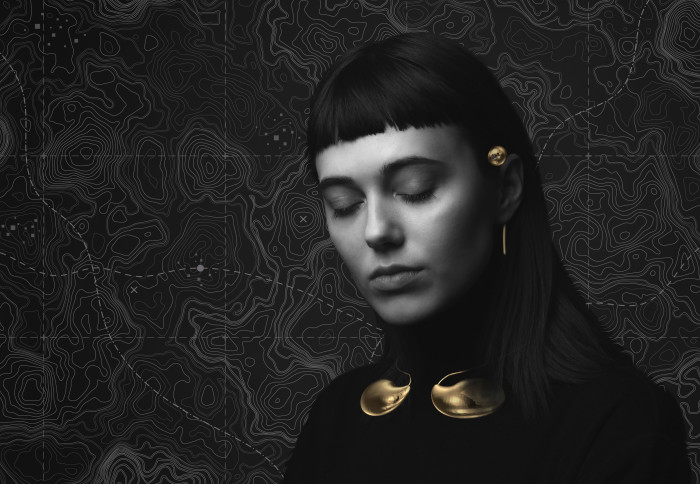Design Engineering students showcase visions for future in immersive online show

From sustainable stone to rethinking our experience of temperature, Imperial’s Design Engineering online summer show celebrates its latest graduates.
Imperial College London’s graduating class of Design Engineering students have showcased their final projects in an interactive online exhibition, the Design Engineering Summer Show.
The show featured over 50 different innovations developed by students at the Dyson School of Design Engineering, on the MEng in Design Engineering programme as well as master’s programmes Innovation Design Engineering (IDE) and Global Innovation Design (GID), offered jointly with the Royal College of Art.
Read on to find out more about the projects exhibited at the online exhibition.
Sustainable luxury stone
Novistone is making luxury stone sustainable by creating natural stone alternatives from recycled sources. Stone quarrying has a substantial environmental impact, with a large amount of energy needed to mine stone from quarries, transport them across continents and cut them to shape. At the same time, plastic is filling up landfills and oceans.
The team, made up of final year Design Engineering students Neel Le Penru, Alfie Thompson, Chris Turner and Gordon Cheung, wants to solve environmental challenges by using materials that would otherwise go to waste. Their new material technology Plastcrete transforms recycled materials into a beautiful stone alternative that is tough and long-lasting and has been shown to be stronger and lighter than other stone.

Making charity donations a daily habit
Ember are hoping to reinvent charity fundraising by empowering donors and allowing charities to building honest, long-term relationships. Through a product-app combination, Ember helps to make giving a daily habit. A coffee-cup sleeve tracks when users buy a hot drink and allows them to give 25p to their chosen charity. Through the app, donors can find vetted charities, set donating goals and see the impact of their donations.

For the charity, Ember is a cost-effective alternative to traditional fundraising and digital marketing and allows them to access potential donors. The team behind Ember includes Design Engineering students Anusha Sonthalia, Michael Hofmann, Gareth Jones, Rowan Dixon and Fred Macher.
Navigating the world beyond vision
Sensaura, a project from Global Innovation Design student Sophie Horrocks, is helping blind and partially sighted people to navigate the world beyond vision. The wearable device detects, processes and feedbacks environmental information needed for navigation, allowing independent, hands-free travel through indoor and outdoor spaces.

The device’s sensors translate visual information into a multi-sensory augmented reality experience of spatial audio and tactile feedback. This visual information is processed via the user’s phone and then fed-back to the user through audio and haptics. Simple warning cues are communicated through vibration, while more complex information is communicated through audio via bone-conduction headphones.
Rethinking how we experience temperature
With cities getting hotter and heatwaves becoming more common, people across the world are increasingly relying on air conditioning, which uses a lot of energy and is inefficient and polluting. The team behind Saiga are hoping to reduce dependence on air conditioners by changing our perception of the temperature around us through breathing in cold air and cooling the neck by conduction.
Their wearable device provides cooling by conduction onto specific locations of the neck. and allows the wearer to breathe in cold air when they need relief from the temperature. The device is activated when sweat is detected, allowing it to work in harmony with the body. The team is made up of Innovation Design Engineering students Harry Barber, Kevin Chiam, Wei Haw Huang and Nacho Vilanova.

The show also included a series of online talks and exhibitions for industry and the general public, with discussion topics ranging from Entrepreneurship to Design for Behaviour change.
The Dyson School of Design Engineering is the 10th and newest engineering department at Imperial College London.
Article text (excluding photos or graphics) © Imperial College London.
Photos and graphics subject to third party copyright used with permission or © Imperial College London.
Reporter
Joanna Wilson
Communications Division